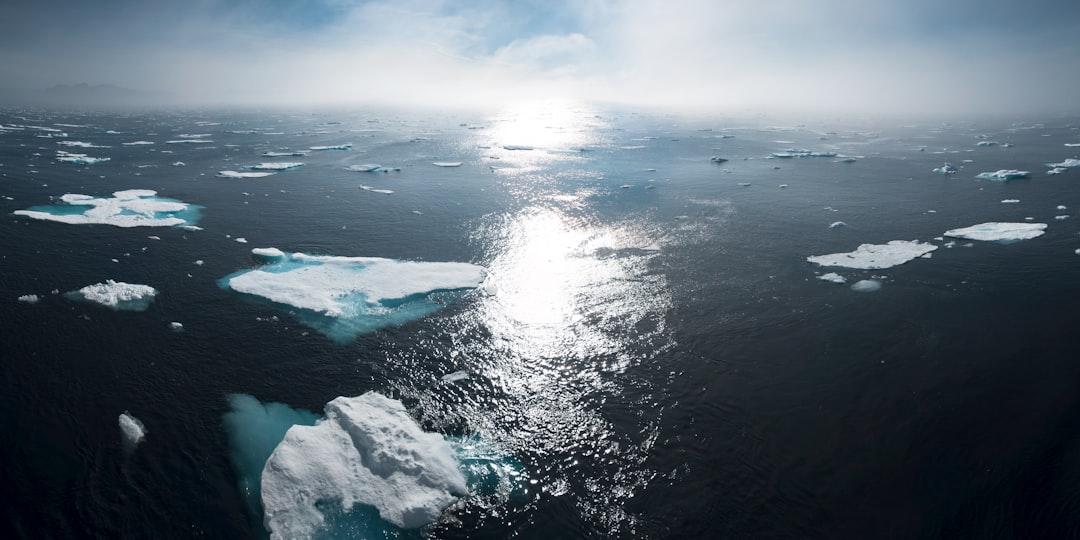What is it about?
In this article we examined how intraseasonal equatorial Kelvin waves influence the properties of tropical instability waves (TIWs) in the central and eastern equatorial Pacific ocean. This work was motivated by observations made in late 2014 in the eastern Pacific of the rapid decay of a TIW that coincided with the arrival of a downwelling Kelvin wave from the western Pacific. Here we used an ensemble of high-resolution ROMS simulations to examine the changes in the TIWKE budget induced by both upwelling and downwelling Kelvin waves. We found that downwelling Kelvin waves drove a reduction of up to 40% in the TIWKE while upwelling Kelvin waves induced an intensification. These changes occurred due to changes in the background flow and TIW Reynold's stresses induced by the Kelvin waves.
Featured Image
Why is it important?
Intraseasonal Kelvin waves play a key role in El Nino - Southern Oscillation events by quickly transmitting energy and heat across the Pacific Ocean. Downwelling intraseasonal Kelvin waves are typically generated by bursts of westerly wind in the western Pacific, and generally drive warm SST anomalies in the eastern Pacific that appear a month or two later. These warm SST anomalies can then influence the atmosphere and amplify due to positive air-sea feedbacks, potentially resulting in an El Nino event. Our work suggests that eddy variability in the central and eastern Pacific in the form of TIWs can influence the magnitude and timing of the SST anomalies induced by intraseasonal Kelvin waves. During a downwelling Kelvin wave event the TIWKE is reduced and thus TIW driven warming of the equatorial cold tongue is also reduced. This anomalous cooling effect can act to counter the Kelvin wave driven warming and reduce the amplitude of the associated SST anomaly.
Read the Original
This page is a summary of: Modulation of Tropical Instability Wave Intensity by Equatorial Kelvin Waves, Journal of Physical Oceanography, September 2016, American Meteorological Society,
DOI: 10.1175/jpo-d-16-0064.1.
You can read the full text:
Contributors
The following have contributed to this page










